Alright, buckle up, music makers! We’re diving deep into the fascinating, and sometimes slightly creepy, world of personalized content and data – and how it can seriously level up your music career, whether you’re just starting out or already a seasoned pro. We’re talking about crafting headlines that grab attention, drive engagement, and ultimately, get your music heard by the right people.
Forget the generic “Check out my new song!” posts. That’s like shouting into a void. We need to be smarter, more targeted, and way more creative. This isn’t just about algorithms; it’s about understanding your audience and speaking directly to their hearts (and their wallets, let’s be honest).
The Age of the Personalized Playlist: Why It Matters
We live in an era of hyper-personalization. Think about it: Netflix suggests movies based on your viewing history, Amazon recommends products you might like, and Spotify serves up daily mixes curated just for you. This isn’t magic; it’s data. Loads and loads of data.
This data, when used ethically and effectively (we’ll touch on that later!), allows you to connect with your fans on a deeper level. It’s about showing them you understand their tastes, their preferences, and even their mood.
Think of it this way: Imagine you’re throwing a party. You wouldn’t blast heavy metal if you knew most of your guests were into chill indie pop, right? The same logic applies online. Personalized content is like creating a playlist that perfectly matches the vibe of each individual guest.
What Exactly Is Personalized Content?
Personalized content isn’t just slapping someone’s name into an email (although that’s a very basic form of it). It’s about tailoring your messaging and content based on specific data points related to your audience. This could include:
- Demographics: Age, location, gender, income level. (e.g., “New indie rock band from Austin releases EP targeted at Gen Z college students”).
- Interests: Genres, artists they like, activities they enjoy. (e.g., “Fans of Phoebe Bridgers will love this up-and-coming singer-songwriter”).
- Behavior: How they interact with your content (e.g., did they watch your last music video? Did they add your song to a playlist?). This is where things get really interesting.
- Platform: Where they’re seeing your content (e.g., Facebook, Instagram, TikTok, YouTube). Each platform requires a slightly different approach.
- Past Purchases: Did they buy tickets to your last show? Did they purchase merchandise? (e.g. “Thank you for buying tickets to our last show, use code SHOWLOVE for 20% off merch!)
Headline Gold: Crafting Compelling Hooks
Now, let’s get down to the brass tacks: headlines. Your headline is the gatekeeper to your content. It’s the first (and often only) chance you have to grab someone’s attention. Here’s how to make it count:
-
Know Your Audience (Duh!): This is the foundation of everything. Who are you trying to reach? What are their pain points, their desires, their aspirations? Before you write a single word, create a detailed audience persona. There are tons of free templates online; just Google “audience persona template.” HubSpot also has a great article on how to create buyer personas.
-
Speak Their Language: Don’t use jargon or complicated language. Keep it simple, direct, and authentic. Think about how your ideal fan talks. If they’re all about the lo-fi aesthetic, your headline should reflect that.
-
Use Numbers: Numbers stand out and suggest specificity. “5 Tips to Write a Viral Song” is way more compelling than “How to Write a Great Song.”
-
Ask a Question: Questions pique curiosity. “Are You Making These Common Songwriting Mistakes?” This encourages clicks.
-
Create Urgency or Scarcity: “Limited-Time Offer: Get 20% Off Your Ticket to Our Next Show!” or “Only 50 Copies Left of Our Signed Vinyl!” People are driven by FOMO (Fear Of Missing Out).
-
Highlight Benefits, Not Features: Instead of saying “Our new song features a killer guitar solo,” say “Our new song will make you want to dance all night long!” Focus on what the listener will gain.
-
Personalize, Personalize, Personalize: Okay, this is where the data comes in. Here are some examples:
- Location-Based: “Calling All [City Name] Fans! We’re Playing a Show Near You!”
- Interest-Based: “If You Love [Similar Artist], You Need to Hear This!”
- Behavior-Based: “Thanks for Listening to Our New Song! We Think You’ll Like This One Too.”
- Playlist-Based: “If You Like Our Song on the [Playlist Name] Playlist, Check Out These Other Artists”
-
A/B Test Everything: Don’t guess which headline will perform best. Use A/B testing tools (most social media platforms have them built-in) to try out different variations and see which one gets the most clicks and engagement. Sprout Social has an excellent guide on A/B Testing on Social Media.
Examples in Action: Seasoned vs. New Artists
The strategies for crafting headlines will differ slightly depending on your stage in the music game:
-
New Artists: Focus on discovery, building your fanbase, and establishing your brand.
- Headline: “Introducing [Your Band Name]: The [Genre] Band You Need to Hear in [Year]!” (Focuses on introducing yourself and genre)
- Headline: “DIY Artist From [City] Drops Debut Single: Listen Now!” (Highlights your independent nature and location)
- Headline: “[Your Song Title] – Indie Pop Anthem of the Summer?” (Positions your song as a contender)
- Headline: “Free Download: Get Our Latest Track and Join the Movement!” (Incentivizes sign-ups)
- Headline: “Fans of [Similar Artist] – Check out this Song!” (Gets people to listen based on similarities)
- Headline: “From Open Mic Nights to the Stage: My Journey as a Musician” (Personal narrative)
-
Seasoned Artists: Focus on retaining fans, promoting new releases, and deepening engagement.
- Headline: “New Album Alert: [Album Title] is Finally Here!” (Simple, direct, and exciting)
- Headline: “Exclusive: Get a Behind-the-Scenes Look at Our New Music Video!” (Offers exclusive content to loyal fans)
- Headline: “Pre-Sale Starts Now: Get Your Tickets to Our [City] Show!” (Drives ticket sales)
- Headline: “Revisiting [Classic Album Title]: Our Thoughts Years Later” (Engages fans with nostalgia)
- Headline: “Join Us for a Live Q&A This Week!” (Encourages interaction and connection)
- Headline: “Thank You! [Album Title] is No. 1 in [Country]” (Show Appreciation to your fans!)
Platforms: Tailoring Your Approach
Remember that each platform has its own unique culture and best practices:
- Instagram: Visuals are king. Your headline should be short, snappy, and accompanied by a compelling image or video. Use relevant hashtags!
- Facebook: Longer-form content is okay, but still keep it concise. Use engaging questions and calls to action.
- Twitter: Brevity is key. Every character counts. Use strong verbs and highlight the most important information.
- TikTok: Trends, challenges, and authentic content reign supreme. Your headline should be catchy and encourage participation.
- YouTube: Optimize your video titles and descriptions with relevant keywords. Use engaging thumbnails that pique curiosity. Don’t forget SEO!
- Email Marketing: Email is where personalization truly shines. Segment your audience based on their interests and behaviors, and craft personalized subject lines and content that speaks directly to them. Mailchimp offers great resources on email segmentation and personalization.
Ethical Considerations: Tread Carefully
With great data comes great responsibility (thanks, Spider-Man). It’s crucial to use personalization ethically and transparently.
- Transparency is Key: Be upfront about how you’re collecting and using data. Have a clear privacy policy and make it easy for users to opt out.
- Don’t Be Creepy: Avoid using overly specific or sensitive data that could make people feel uncomfortable. There is a fine line between personalization and creating an uncanny valley.
- Respect Privacy: Don’t share or sell user data to third parties without their consent.
- Focus on Value: Personalization should enhance the user experience, not exploit it.
Tools of the Trade: Leveling Up Your Personalization Game
Here are some tools to help you gather data, analyze insights, and personalize your content:
- Social Media Analytics: Facebook Insights, Instagram Insights, Twitter Analytics, YouTube Analytics. These tools provide valuable data on your audience demographics, interests, and behavior.
- Google Analytics: Track website traffic, user behavior, and conversions. Learn where your audience is coming from and what they’re doing on your site.
- Email Marketing Platforms: Mailchimp, ConvertKit, ActiveCampaign. These platforms offer powerful segmentation and personalization features.
- CRM (Customer Relationship Management) Systems: HubSpot, Salesforce. These systems help you manage your customer data and interactions in a centralized location.
- Music Distribution Platforms: Distrokid, Tunecore, CD Baby. These services often offer analytics and insights on how your music is performing across different platforms.
Example: A Personalized Email Campaign Breakdown
Let’s say you’re promoting a new single and have a segmented email list:
-
Segment 1: “Super Fans” (Those who bought tickets to your last concert):
- Subject Line: “Exclusive: [Super Fan Name], Your VIP Access to [New Single] is Here!”
- Content: Thank them for their support. Offer them early access to the new single, a free download, or a discount on merchandise. Include a personalized video message.
-
Segment 2: “Casual Listeners” (Those who follow you on Spotify but haven’t actively engaged):
- Subject Line: “Heard [Your Song] on Spotify? Check Out Our Brand New Single!”
- Content: Remind them of your previous song and introduce your new single. Highlight the benefits of listening (e.g., “Perfect for your workout playlist!”).
-
Segment 3: “Inactive Subscribers” (Those who haven’t opened an email in a while):
- Subject Line: “We Miss You, [Subscriber Name]! Here’s a Little Something from Us…”
- Content: Offer a free download, a discount code, or a chance to win a prize to re-engage them. Make it easy for them to unsubscribe if they’re no longer interested.
The Long Game: Building Lasting Relationships
Personalized content is not a one-time trick. It’s about building lasting relationships with your fans. By consistently providing them with valuable, relevant, and personalized experiences, you can cultivate a loyal fanbase that will support your music for years to come.
It’s a journey that requires continuous learning, testing, and adaptation. The algorithms change, trends shift, and audiences evolve. But the core principle remains the same: understand your fans, speak their language, and provide them with value.
So, go forth, music creators, and use the power of personalized content to amplify your voice and connect with the world! Just remember to be authentic, be ethical, and always put your fans first. Now get back to writing those killer headlines! And don’t forget to A/B test them!
And finally if you’re looking to learn even more on marketing your music, check out Ari Herstand’s How To Make It in the New Music Business . He’s got plenty of great actionable advice for musicians looking to get their music heard.


